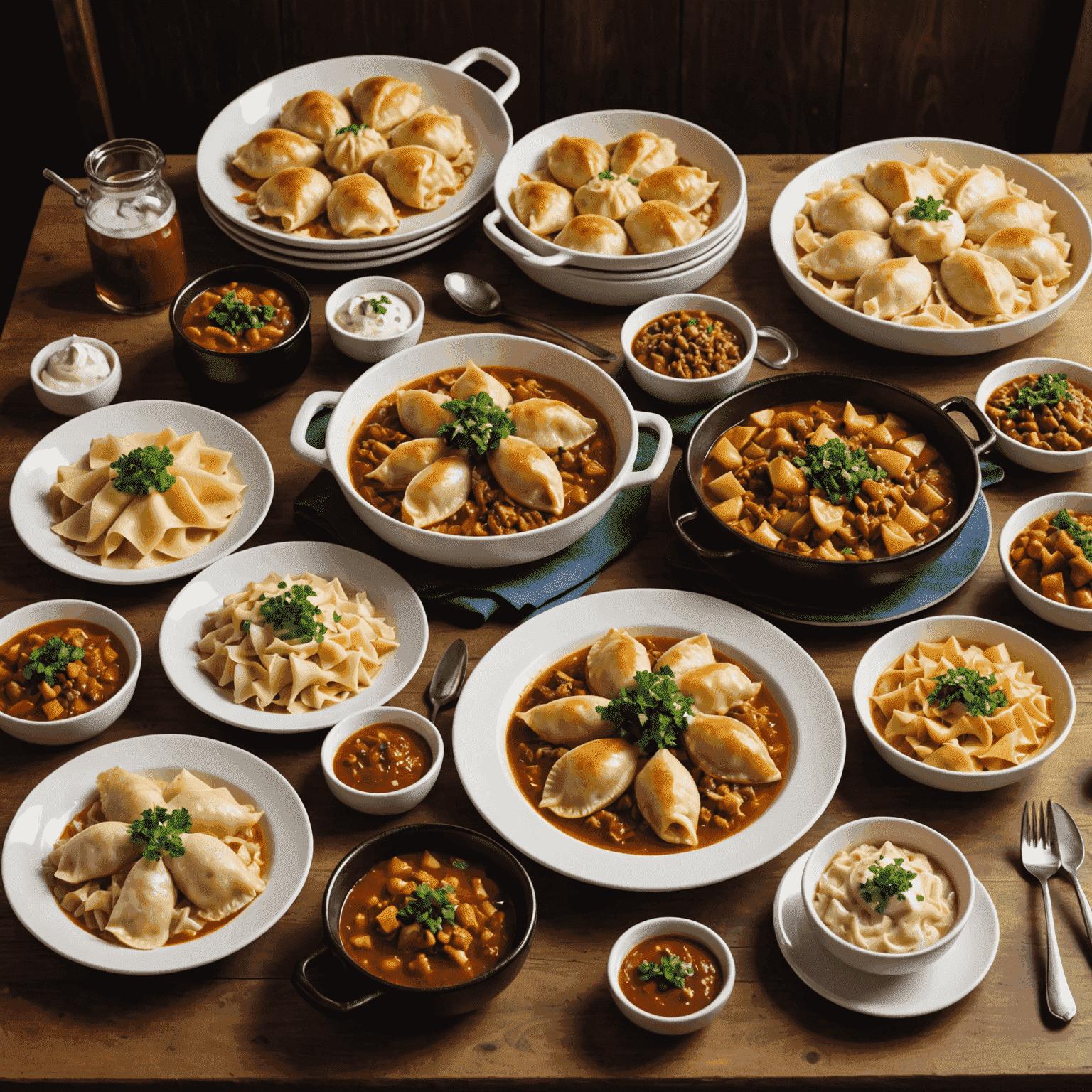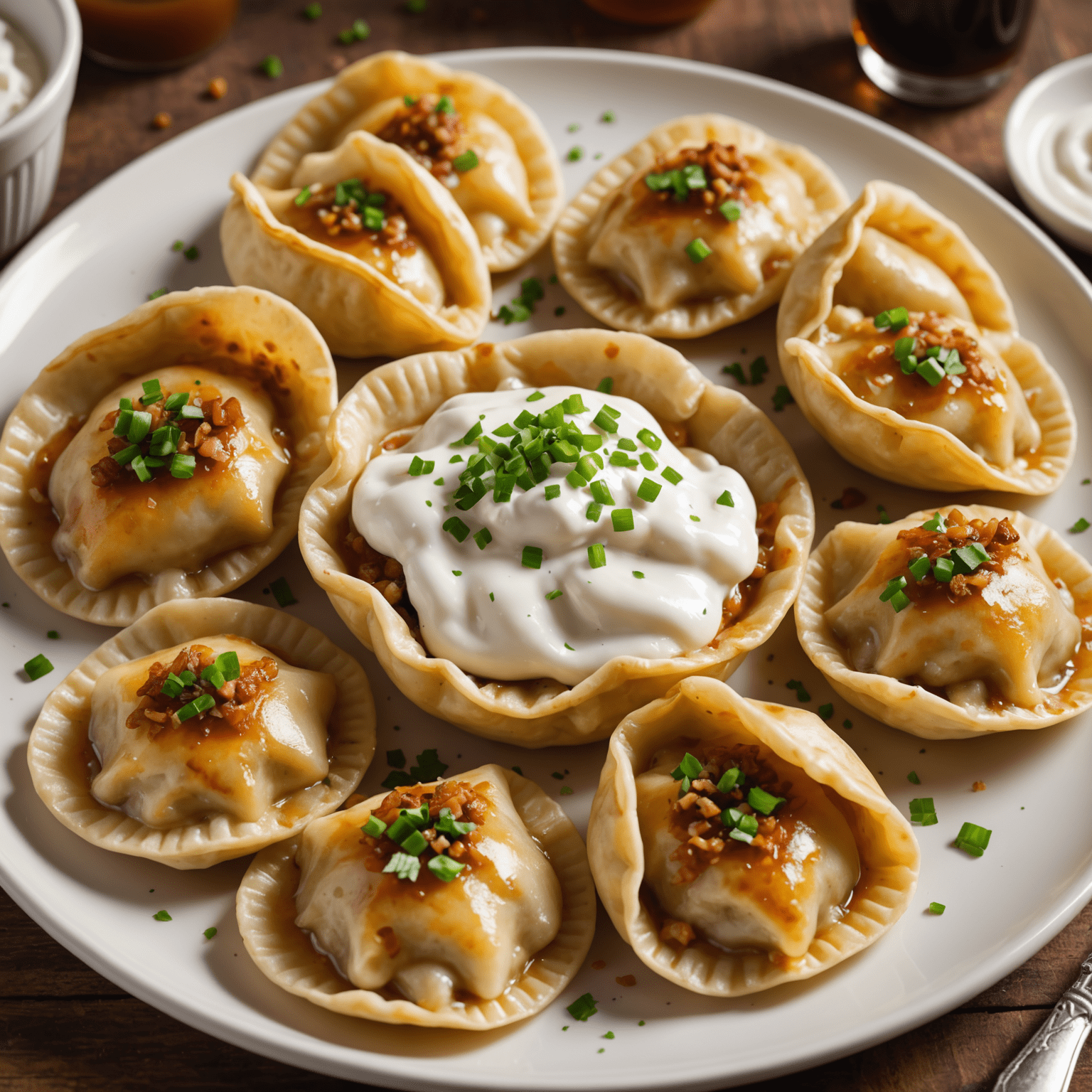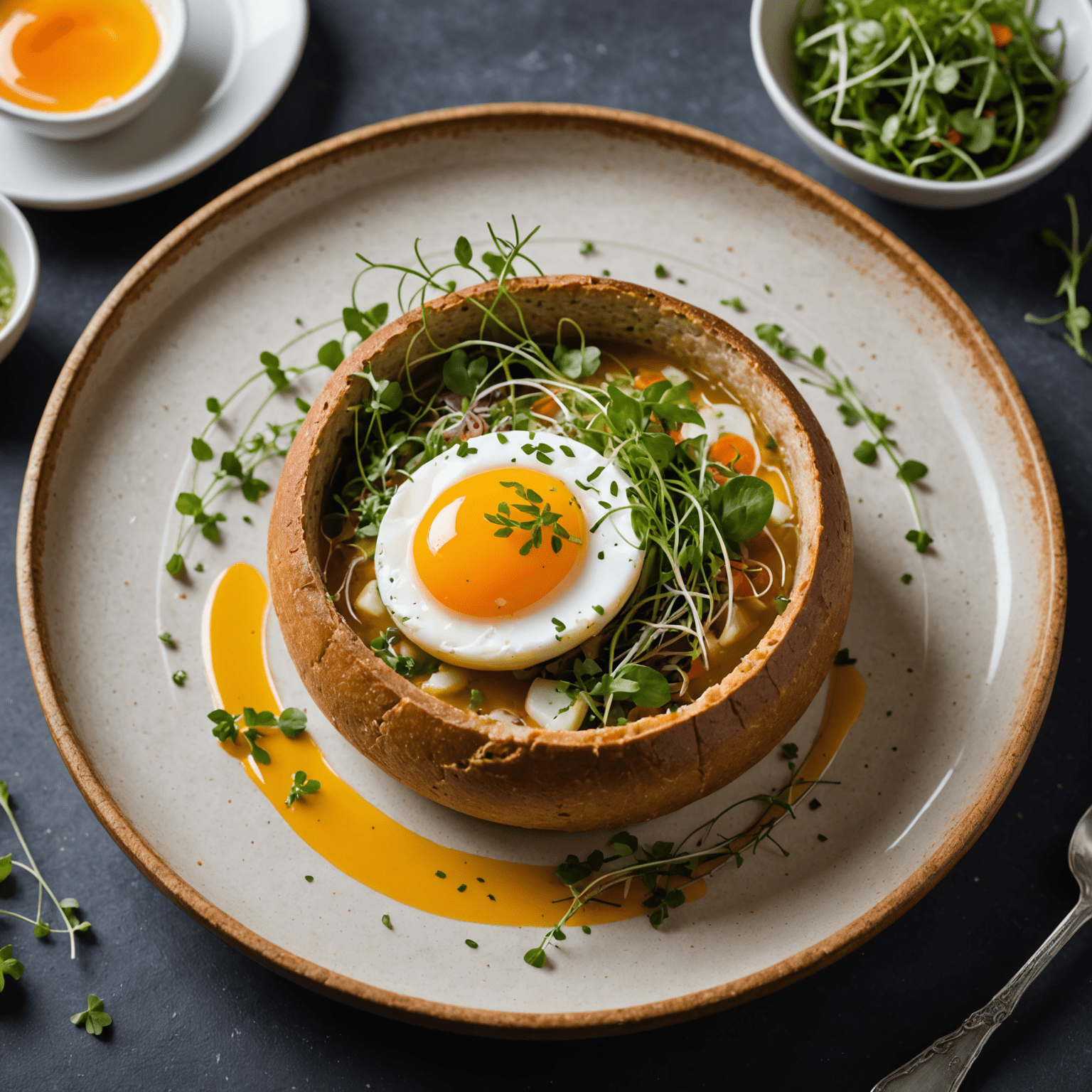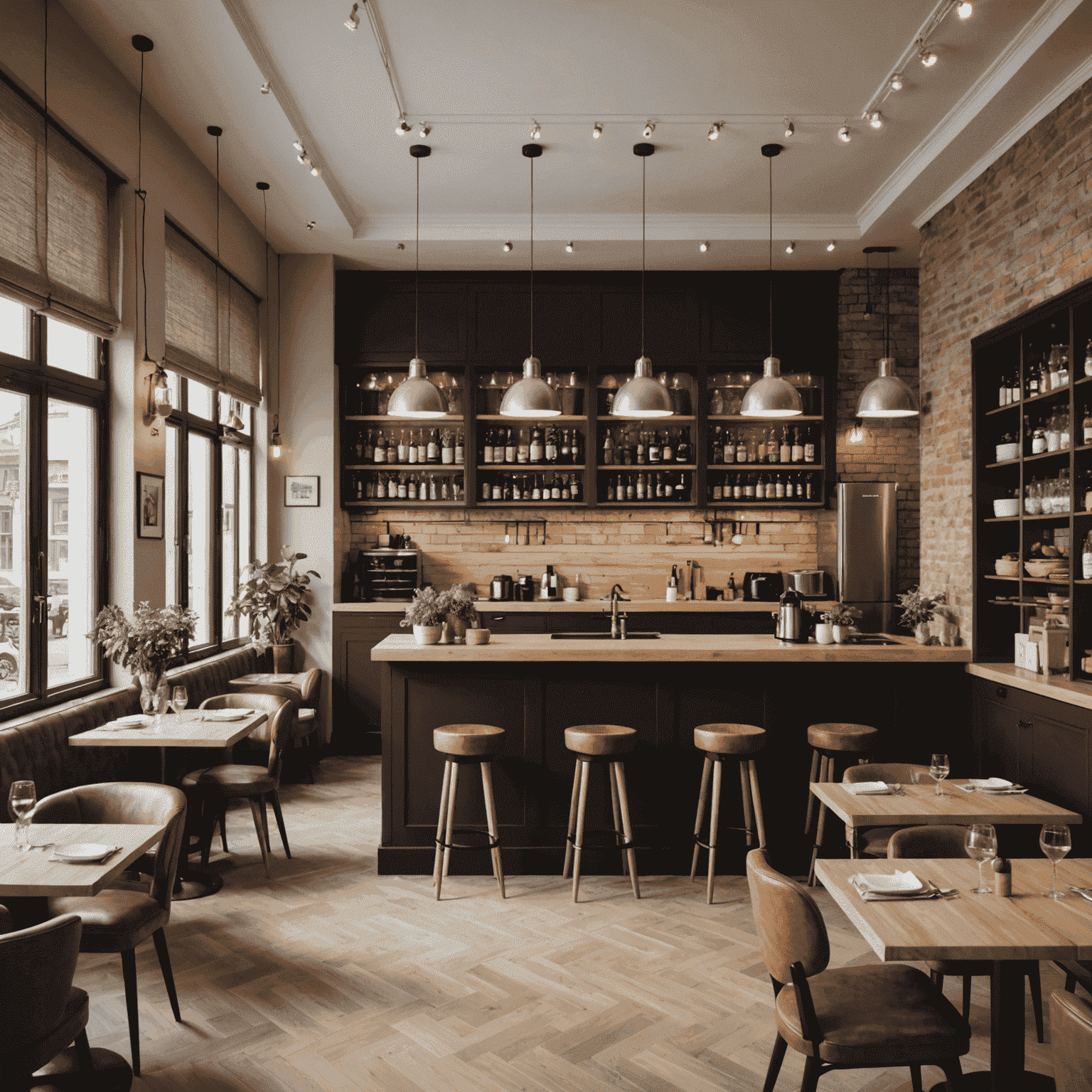Polish Cuisine: A Gastronomic Journey

Embark on a culinary adventure through the heart of Poland, where centuries-old recipes meet innovative gastronomy. From the bustling streets of Warsaw to the charming countryside of Małopolska, Polish cuisine offers a rich tapestry of flavors that will tantalize your taste buds and warm your soul.
Traditional Delights
Poland's traditional dishes are a testament to the country's history and cultural influences. Pierogi, the beloved dumplings filled with an array of savory or sweet ingredients, stand as an iconic symbol of Polish comfort food. Whether you prefer them stuffed with potatoes and cheese (ruskie) or sauerkraut and mushrooms, these little pockets of joy are a must-try on your gastronomic journey.

Another staple of Polish cuisine is bigos, often referred to as "hunter's stew." This hearty dish combines sauerkraut, various meats, and an assortment of vegetables and spices, slow-cooked to perfection. It's the ideal meal for those chilly Polish evenings, offering a comforting embrace of flavors that have been cherished for generations.
Modern Interpretations
While traditional recipes hold a special place in Polish hearts, the country's culinary scene is experiencing a renaissance. Innovative chefs are reimagining classic dishes with a modern twist, creating exciting fusion cuisines that blend Polish flavors with international influences.

In Warsaw's trendy Praga district, you might find a deconstructed żurek (sour rye soup) presented as an elegant fine-dining experience. Or perhaps you'll discover a molecular gastronomy take on gołąbki (stuffed cabbage rolls) in Krakow's up-and-coming restaurants. These innovative approaches pay homage to Poland's culinary heritage while pushing the boundaries of taste and presentation.
Where to Eat
Poland offers a diverse range of dining experiences, from cozy milk bars (bar mleczny) serving affordable, home-style meals to Michelin-starred establishments pushing culinary boundaries. Here are some must-visit spots for food enthusiasts:
- Atelier Amaro, Warsaw: Poland's first Michelin-starred restaurant, offering an innovative tasting menu that celebrates Polish ingredients.
- Stary Dom, Krakow: A charming restaurant housed in a 14th-century building, serving traditional Polish dishes with a refined touch.
- Piwna 47 Food & Wine Bar, Gdańsk: A modern eatery in the heart of Gdańsk's old town, known for its creative takes on Polish classics paired with an extensive wine list.
- Karczma Miłkowska, Zakopane: For an authentic highland experience, this rustic inn offers hearty Góral cuisine in a picturesque mountain setting.

As you explore Poland's gastronomic landscape, remember that food is more than just sustenance—it's a gateway to understanding the country's culture, history, and people. Each bite tells a story, from the earthy flavors of foraged mushrooms to the sweet indulgence of a pączek (Polish doughnut) on Fat Thursday.
"To truly know Poland, one must taste its cuisine. It's a journey that delights the palate and nourishes the soul."
So, whether you're savoring a perfectly crisp schabowy (pork cutlet) or indulging in a slice of sernik (Polish cheesecake), let your taste buds guide you through the rich tapestry of flavors that make Polish cuisine a true gastronomic adventure. Smacznego! (Bon appétit!)